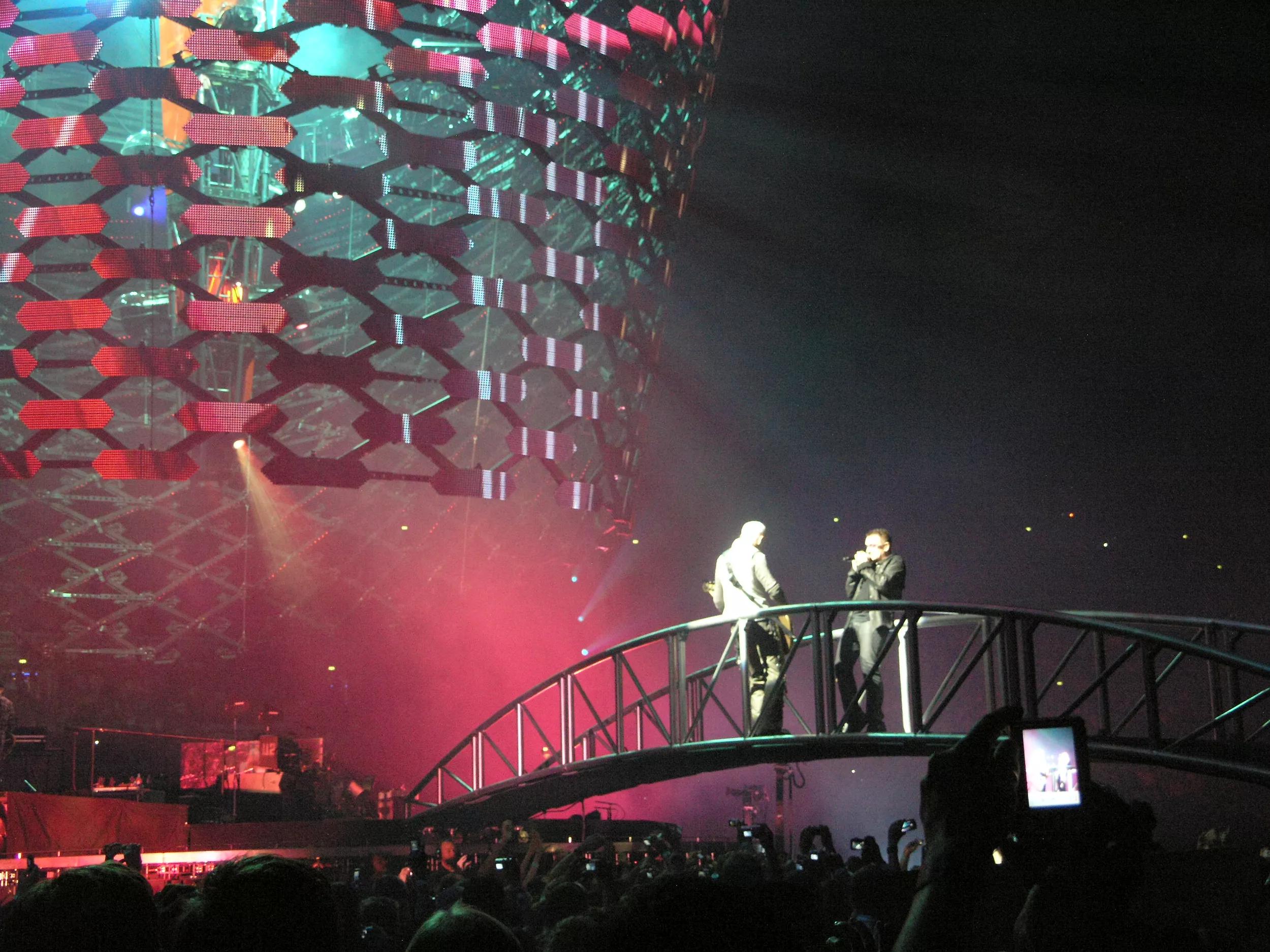Précédent
30 nov. 2021
The history of LED
EXAMEN FUTUR - LED 4 min de lecture
Direct-view LED is often referred to as the new display technology on the block. Which is quite strange for a technology that has been around for more than 50 years. The technology has changed quite drastically over the years, from simple light-emitting semiconductors into the narrow pixel pitch (NPP) displays we know now. Barco has helped to shape this evolution for more than two decades as a pioneer, in the driving seat during some of the technology’s defining moments. In this article we give an overview.
LEDs (Light Emitting Diodes) are semiconductor light sources that emit light when powered by an electric current. The concept was discovered in 1907, but it wasn’t until after WWII that people were looking into developing commercial applications for it. Oddly enough, people could not see the light coming out of the first commercially used LEDs. They operated in the infrared space that cannot be seen by the human eye and were used in devices like remote controls. It is not a big surprise that the color of the first LEDs was red. However, LED technology (visible or infrared) was hugely expensive until 1968, so its story in practical use starts there.
How we came to know LED
LEDs became popular in the 1970s as indicator lamps (as a replacement for incandescent bulbs) or in seven-segment displays – first in expensive equipment but later on in basic appliances including digital clocks, calculators or radios. For many years, red was the only commercially available LED color. It was only in the 1990s that blue LEDs and green LEDs became widely available. This opened the door towards creating color displays using LED. Benefits include the good energy efficiency LEDs show when high light emissions are needed. Barco recognized these benefits early on and started experimenting with the technology…

Barco in LED: the legend begins
The first markets for LED walls were the fixed installations (mainly for retail and public signage) and the rental markets (for tradeshows and events). Barco was an LED pioneer and launched its first product in 1998. Dlite was a very robust and reliable tile that aimed for the fixed install outdoor market and was also applicable in the rental market. The product was rather heavy to fully address the latter market though, so the company developed Ilite (2001). This panel, with pixel pitches of 6, 8, 10 and 12 mm, was a big success for rental applications and set a new standard.
Expanding the freedom for LED users
The story of creative LED started in 2003, with the introduction of Barco Mipix. This solution allowed curved setups and other creative forms, drastically expanding the applicability of LED. Barco went on to introduce the world’s blackest LED (the NX series). This was also a very flexible product with separate modules (9 in a frame), enabling it to fit in small rows or columns. In 2009, the NX series was upgraded to also show 3D in 120Hz.
Making LED easier to use
Up to that point, a big challenge for LED was the weight. Because many applications were outdoors, the tiles needed protection against all weather conditions and carried heavy aluminum enclosures and seals. In order to drastically reduce weight, Barco switched to glue and plastics instead. We developed the Typhoon test program to guarantee the validity of the tiles, ensuring safety for outdoor use. This resulted in the TF and T-series. It was this TF-series that was used for the ABSA project in Johannesburg (South-Africa), the biggest LED-installation in the world at that time. Especially the crown on top of the building was a masterpiece – and a project management nightmare. Another prestigious project was U2’s magnificent 360° tour, which used Barco’s innovative FLX series transformable LED solution.
LED comes into reach of many more applications
The image processors that drove LED walls at that time were tailored to the rental market and offered many possibilities – which made them rather expensive. For the fixed install market, the requirements were usually not that demanding. That is why Barco developed the Infinipix® platform. Released in 2015, this solution made LED also applicable for smaller DOOH (Digital Out-Of-Home) displays. The next year Barco introduced Flexled, a very innovative product that enabled even more freedom.
Where we are today

2017 saw the start of the narrow pixel pitch (NPP) era. Up to then, LED walls were intended to be viewed from a distance, but this changed with NPP. Barco’s portfolio (past and present) in this category comprises of the X series (2015), XT series (2019), TruePix and TruePix Northern Lights (home entertainment) series (2022) and NT series (2023). These products were designed for indoor use in applications like control rooms, corporate lobbies, boardrooms or museums, and home entertainment.
With a track record of over 20 years with the technology, Barco is a true thought leader in LED. And we continue our pioneering role, with exciting products in our R&D pipeline that will hit the market in 2022. So stay tuned for more LED extravaganza!
To learn more about our LED portfolio, visit this page.



